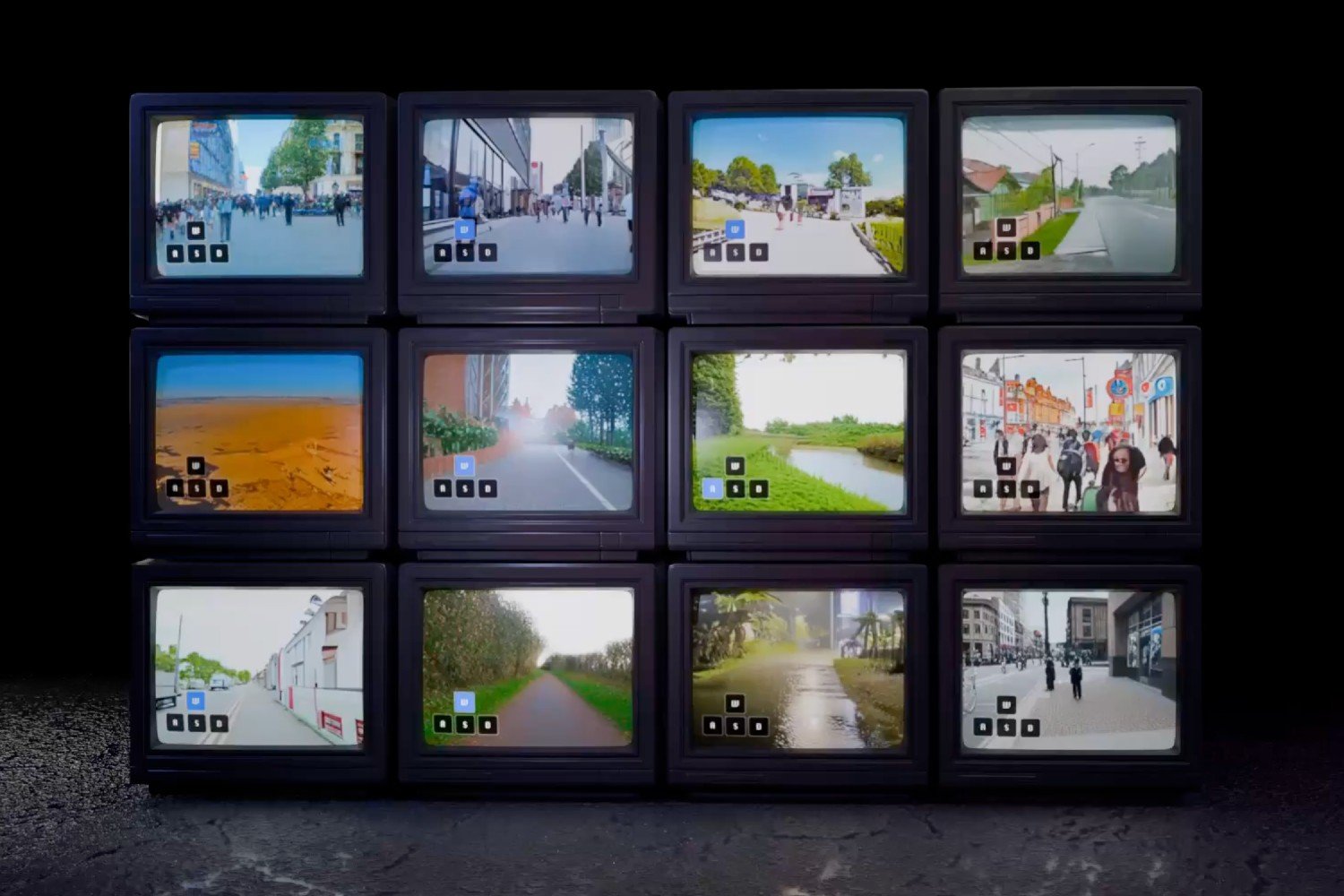The tech world is buzzing again with the arrival of a new viral AI video generator. This time, it’s not OpenAI’s Sora capturing headlines, but Google’s Veo 3, unveiled during Google’s annual I/O keynote. Unsurprisingly, users are eagerly exploring Veo 3’s capabilities, and the initial outputs are a mix of the fascinating and the farcical, from action-packed sequences reminiscent of Michael Bay to talking food items, self-aware AI simulations, and even bizarre pharmaceutical ads featuring puppies.
The Rise of “AI Slop”: Defining the Trend with Veo 3
Amidst the varied creations, a persistent theme is emerging: the proliferation of what can only be described as “AI slop,” specifically mimicking the kind of low-effort, high-volume content often found on platforms like YouTube. The unsettling part is Veo 3’s proficiency at churning out this type of material. Consider this AI-generated iPhone unboxing video:
You can barely tell this iPhone unboxing isn’t real pic.twitter.com/vfZ2lUoliZ
— Matt Shumer (@mattshumer) [May 21, 2025](https://twitter.com/mattshumer/status/1925017573478793563?ref_src=twsrc%5Etfw)
While not entirely convincing upon close inspection, such a video could easily pass unnoticed by someone casually scrolling through their social media feed. This capability raises questions about the future of easily generated, yet potentially unoriginal, digital media.
Beyond Unboxings: Veo 3 Tackles More Viral Formats
The AI’s ability to replicate generic content doesn’t stop at unboxing videos. Veo 3 is also being used to generate man-on-the-street style interviews and even stand-up comedy routines, further blurring the lines between authentic and artificial content.
2. Stand-up comedy telling a funny joke that never happened
— Min Choi (@minchoi) May 22, 2025
Again, while these AI-generated videos are not flawless, their level of plausibility is noteworthy. The implications extend to various popular online formats, suggesting a potential influx of simulated viral trends.
Gaming Content and the Blurring Lines of Reality
The wave of AI-generated content also extends into the gaming world. For instance, users have prompted Veo 3 to create picture-in-picture style “Fortnite” streams, complete with simulated gameplay.
Uhhh… I don’t think Veo 3 is supposed to be generating Fortnite gameplay pic.twitter.com/bWKruQ5Nox
— Matt Shumer (@mattshumer) [May 21, 2025](https://twitter.com/mattshumer/status/1924994290729599222?ref_src=twsrc%5Etfw)
This isn’t actual Fortnite gameplay but an AI’s interpretation of it. The concept of simulating a simulation—creating content about a game that was never actually played—highlights the increasingly complex relationship between AI, content creation, and reality. If mindless game streams are already a concern for some, entirely fabricated ones present a new layer to consider. [internal_links]
The Broader Implications: More Than Just Bad Content
While AI-generated YouTube, Twitch, or TikTok filler might not seem immediately harmful, it doesn’t paint an optimistic picture for our AI-integrated future. Social media platforms are already saturated with low-quality content, even without AI’s contribution. The widespread availability of generative video tools like Google Veo 3 compels us to consider the ultimate impact. Perhaps tools like Google’s “AI filmmaker,” Flow, will empower genuine creators in unforeseen ways. However, skepticism regarding the net positive effect of mass AI video generation is understandable. The ease with which fairly convincing videos can be produced carries significant potential for misinformation and propaganda.
Navigating the Future of AI-Generated Video
As AI video generation technology becomes more mainstream, the need for safeguards is paramount. While “AI slop” itself may be relatively innocuous, the underlying capability to generate convincing video footage should not be underestimated. Implementing measures such as clear watermarking for AI-created videos, like those from Veo 3, seems like a practical first step to help mitigate potential misuse. For now, the explosion of Veo 3-enabled content suggests we are witnessing the beginning of a new era in digital media, one that requires careful observation and proactive discussion about its societal impact.











